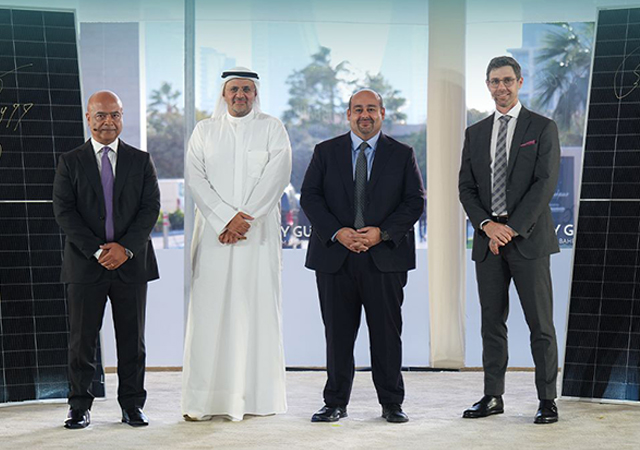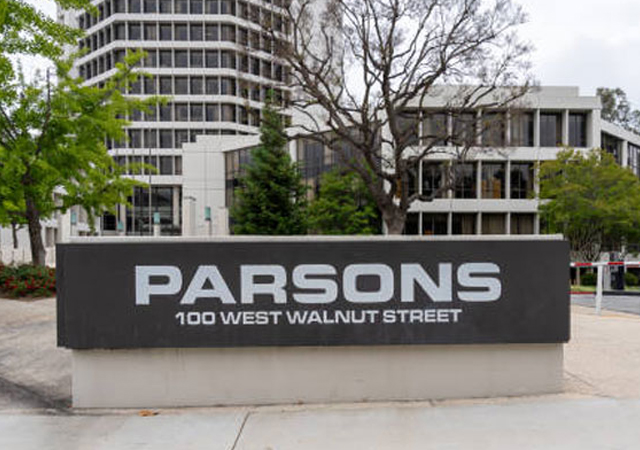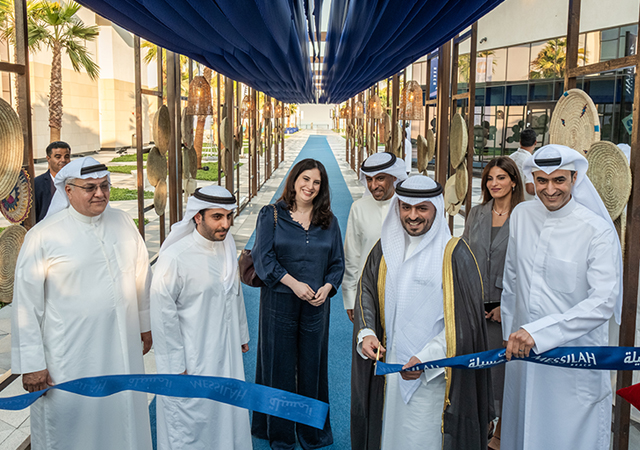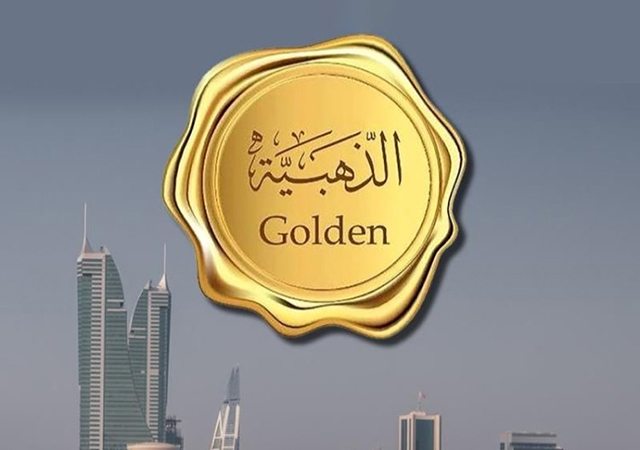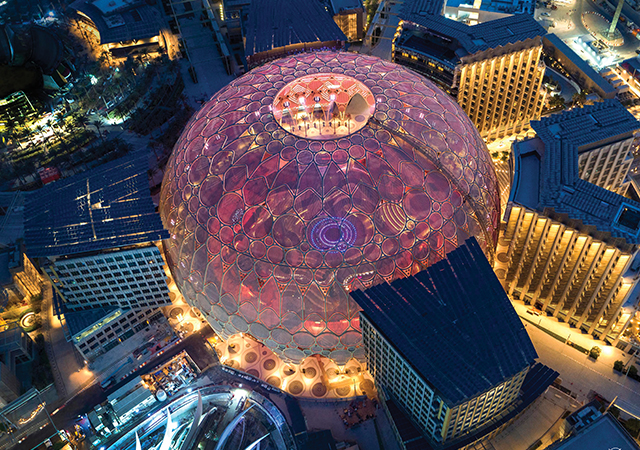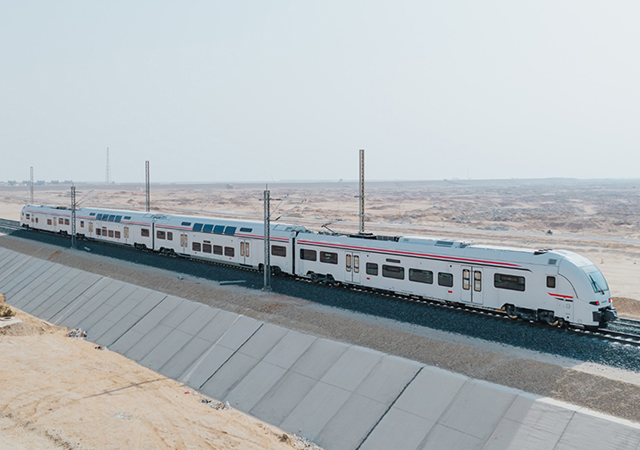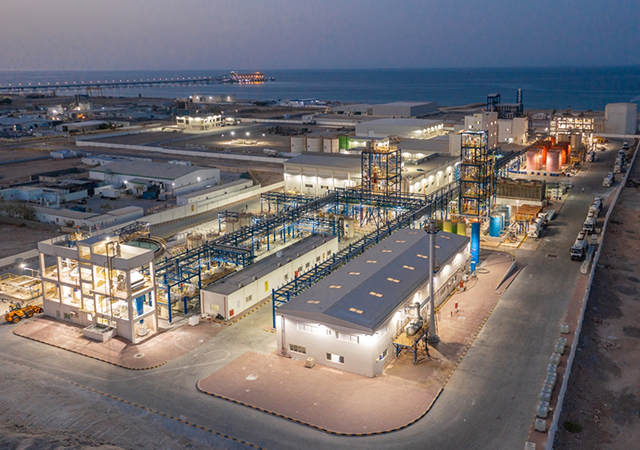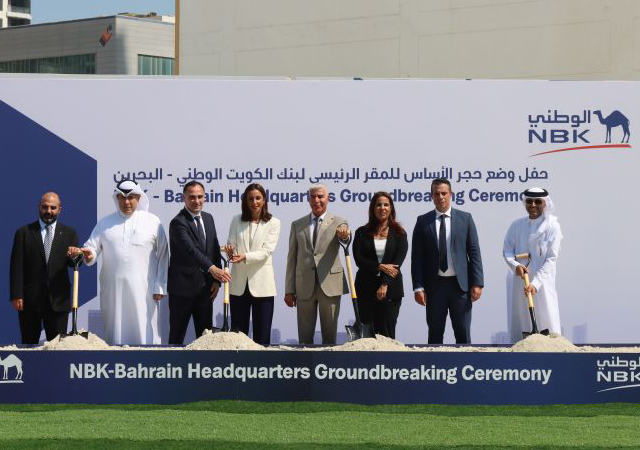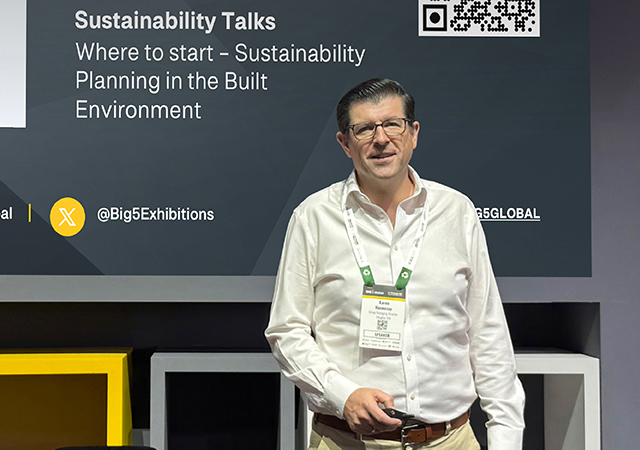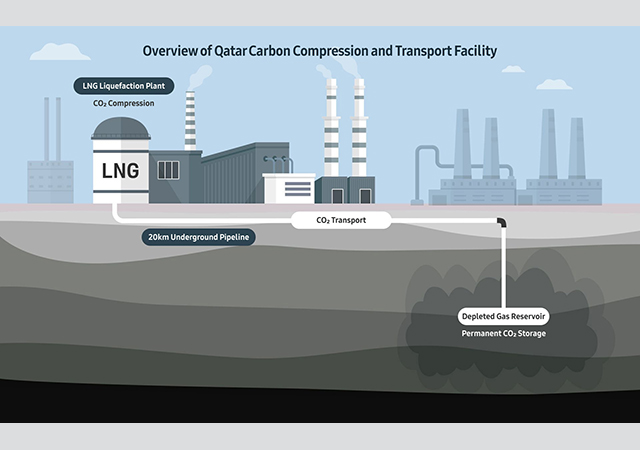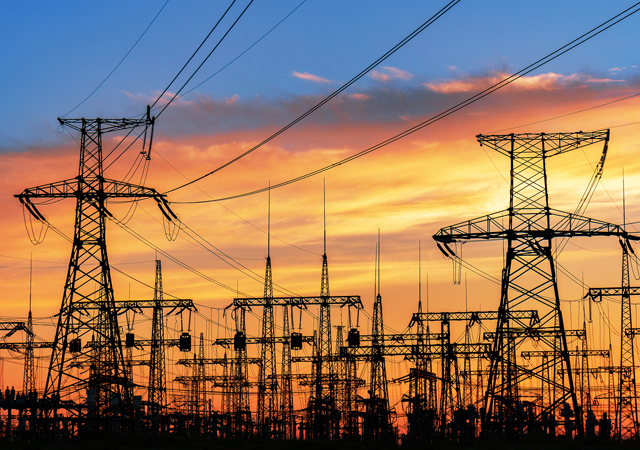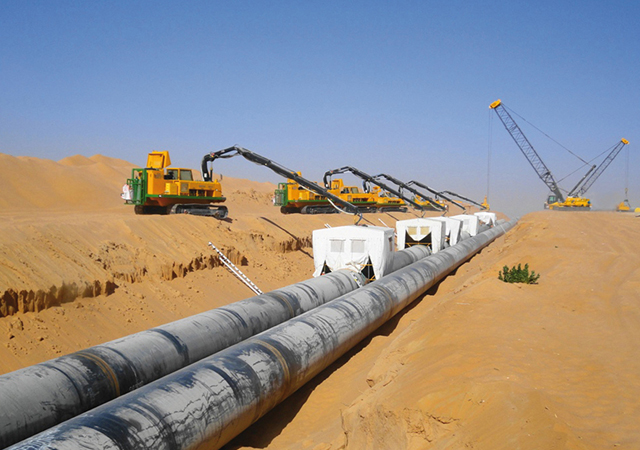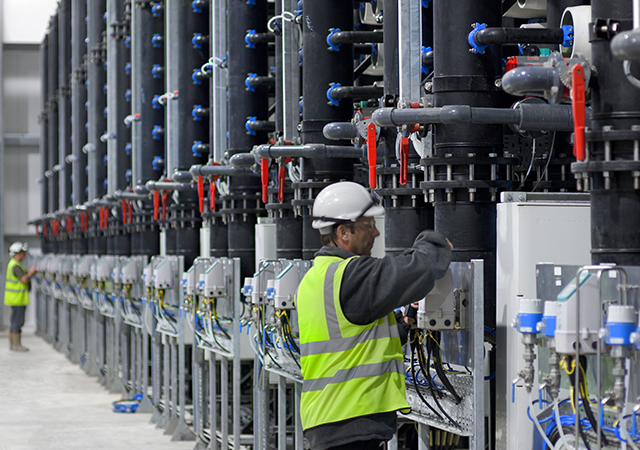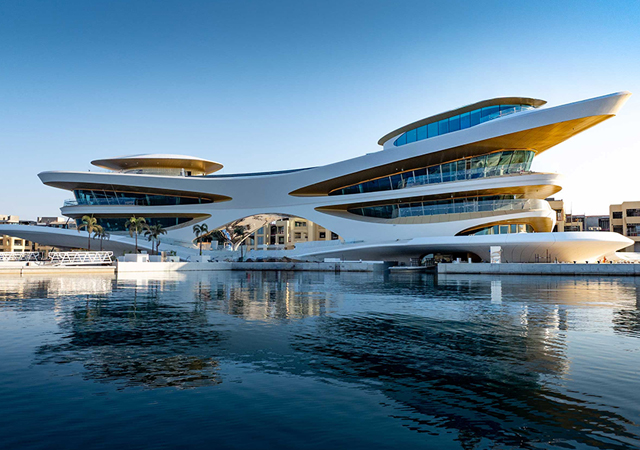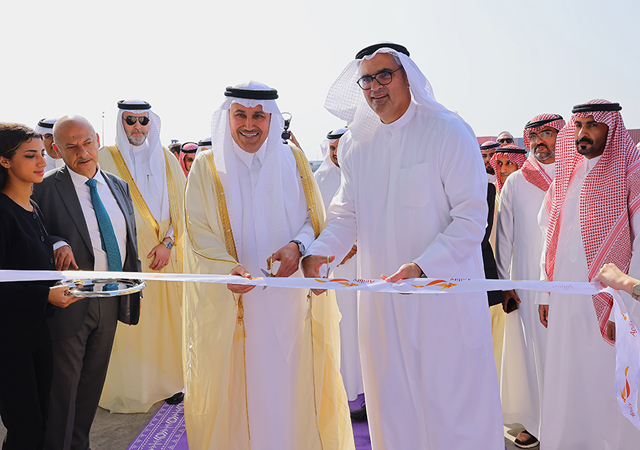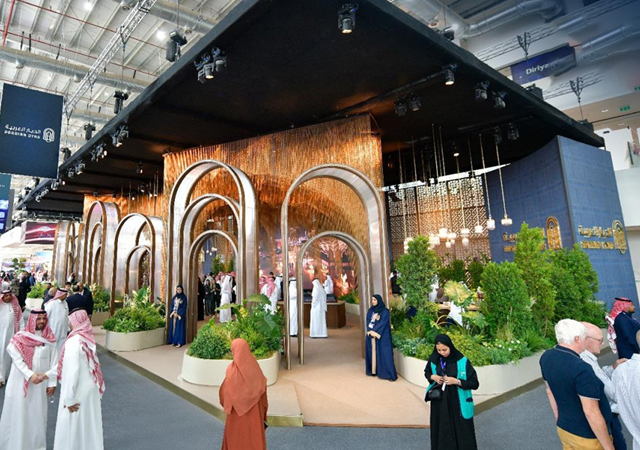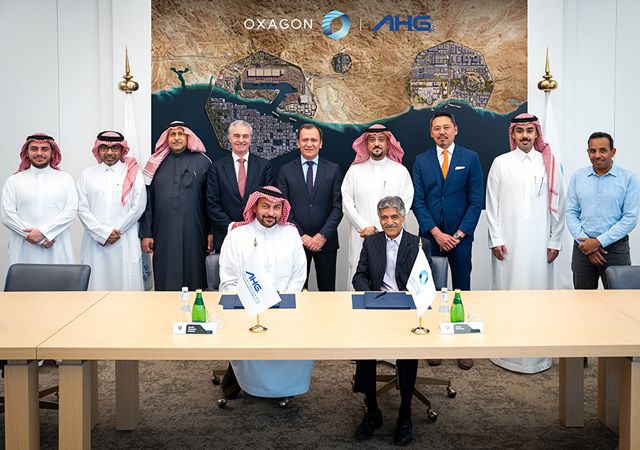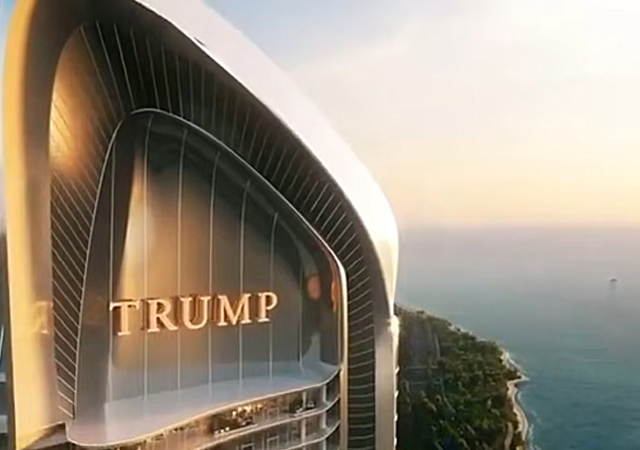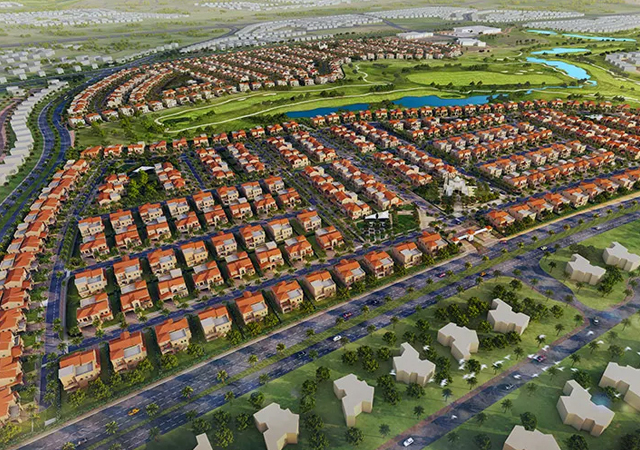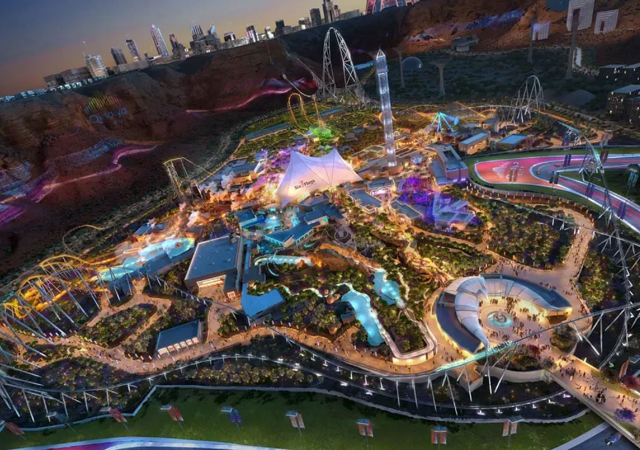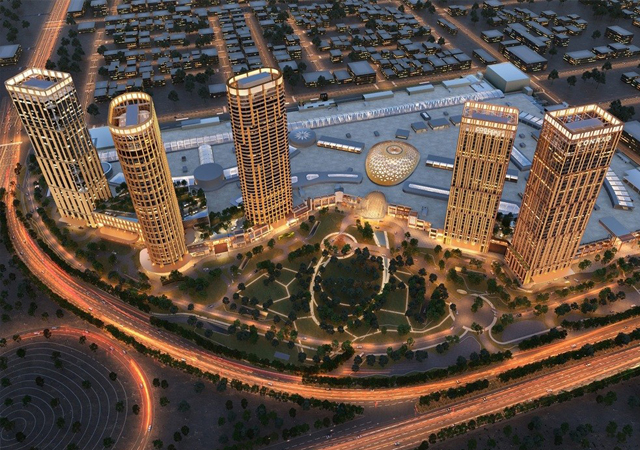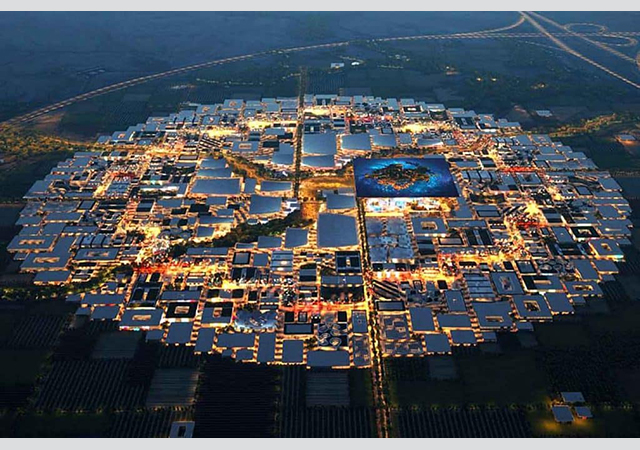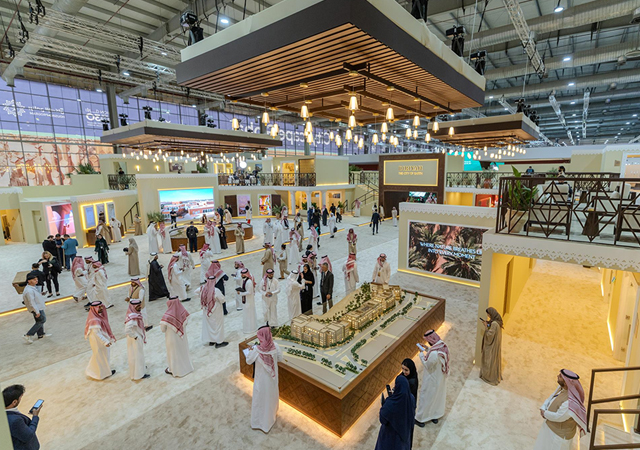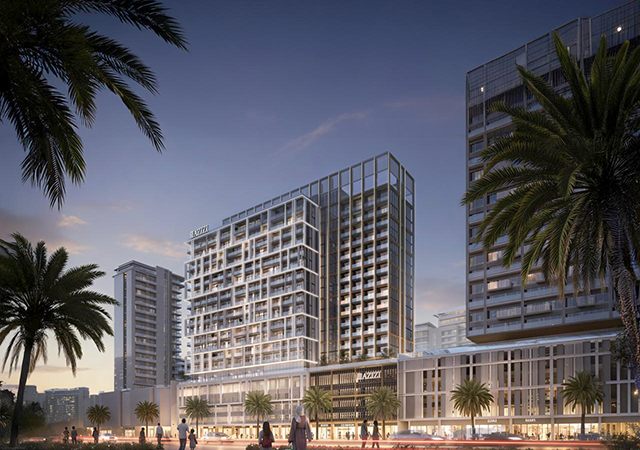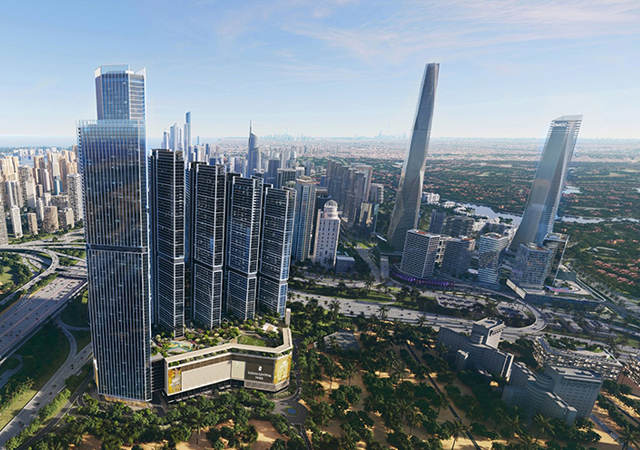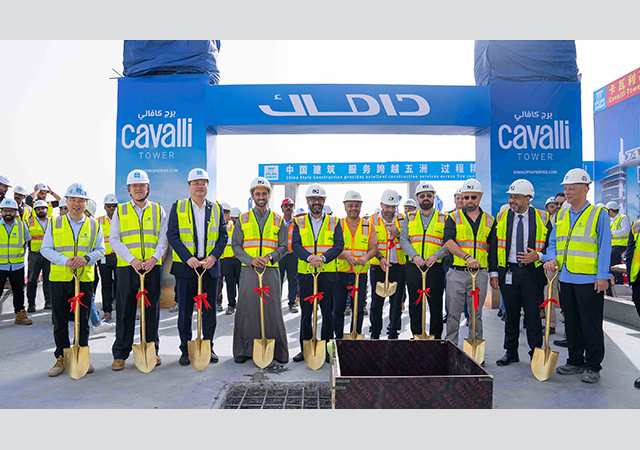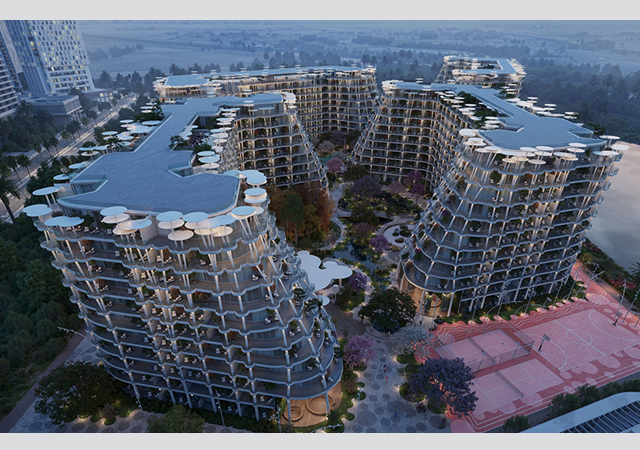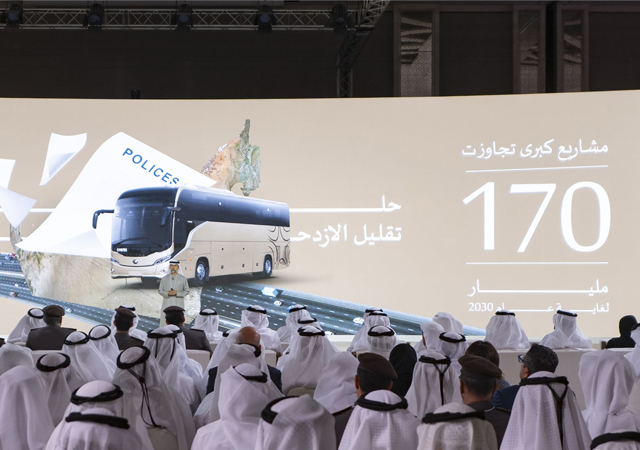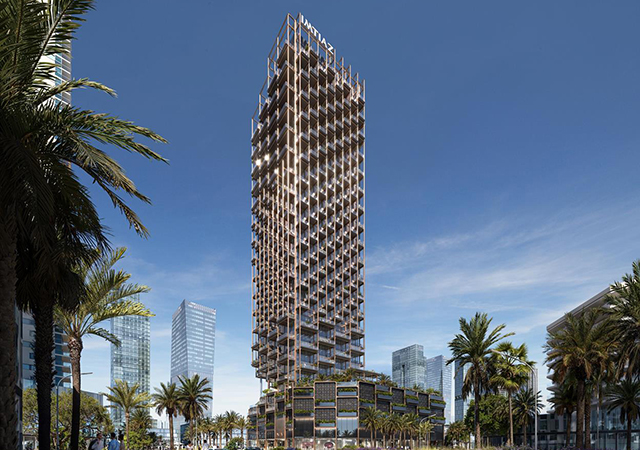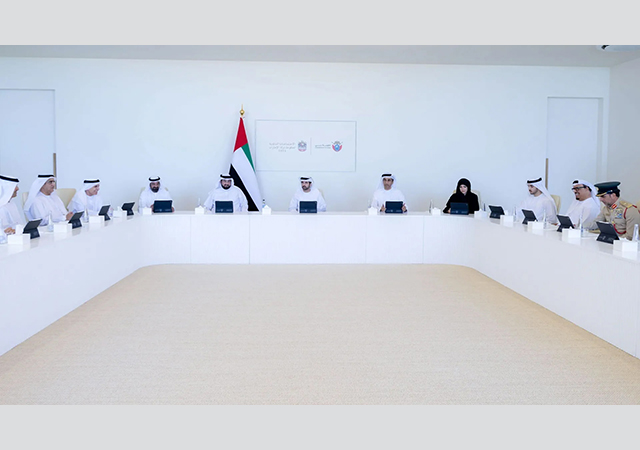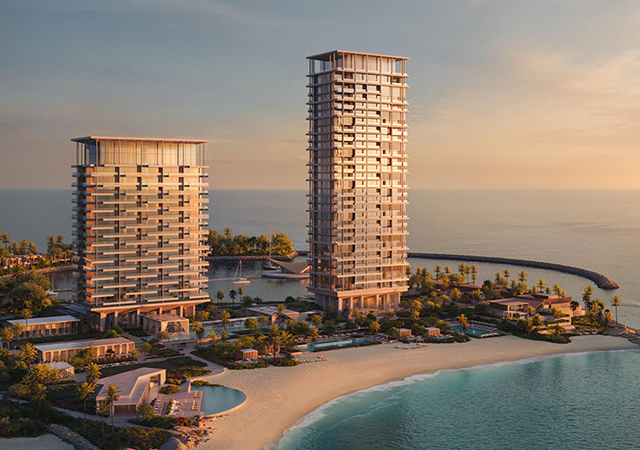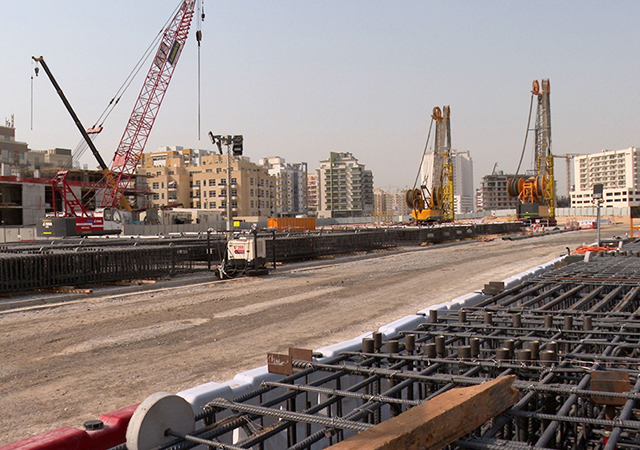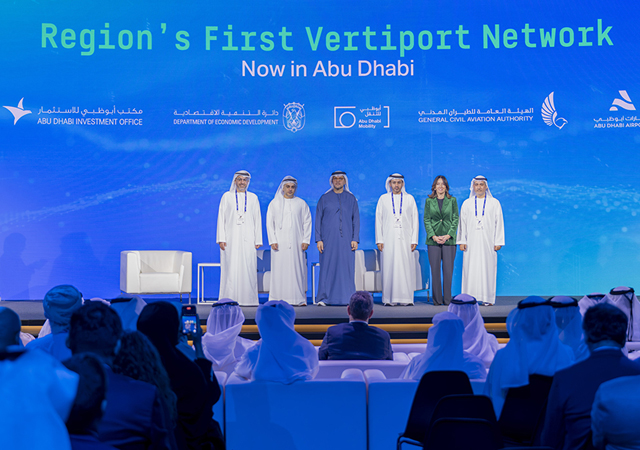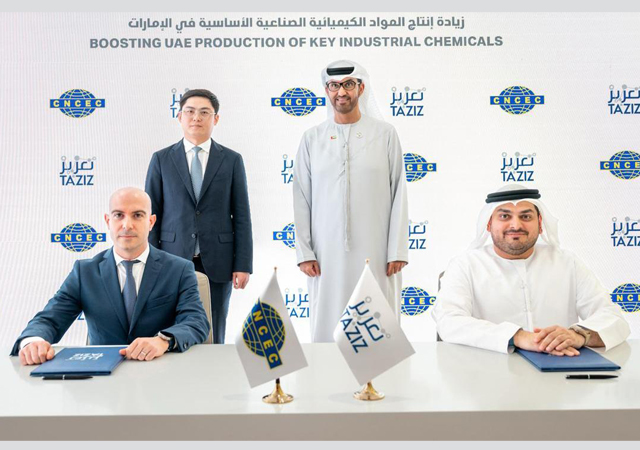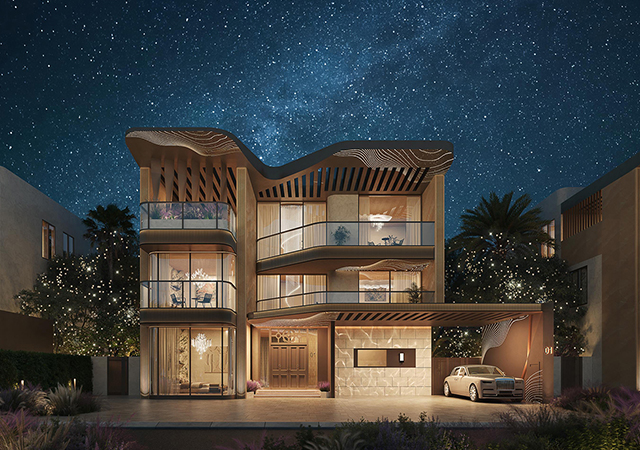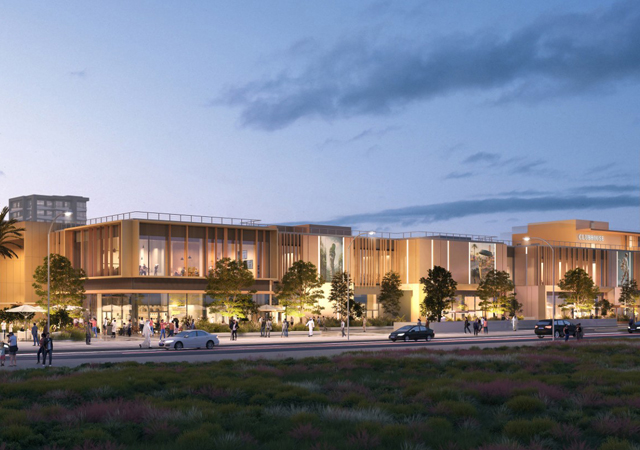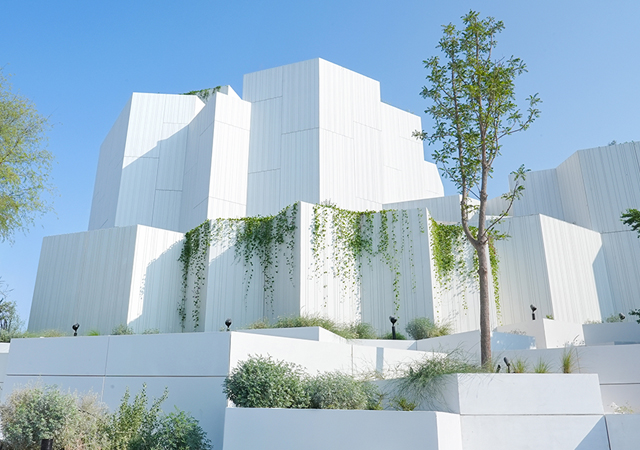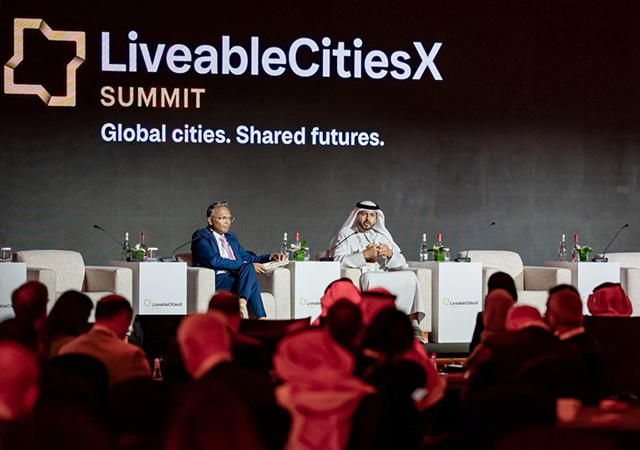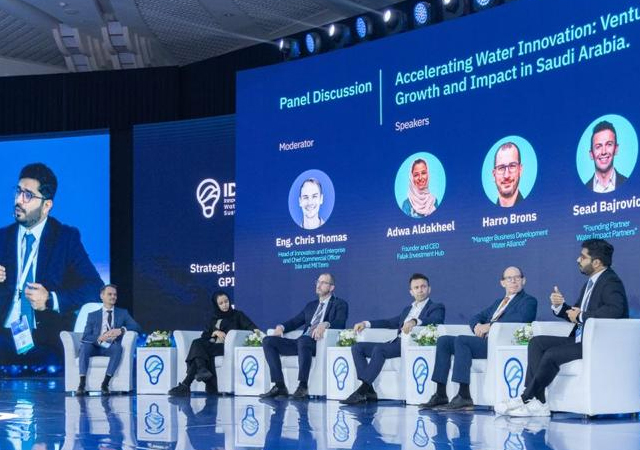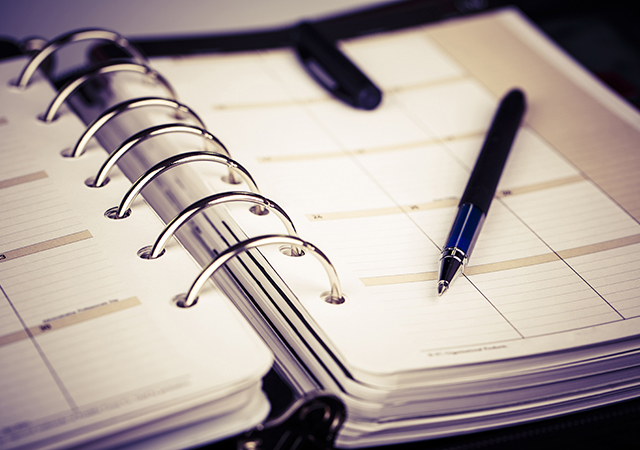
 Back to nature ... the Dilmunia Wetlands Park.
Back to nature ... the Dilmunia Wetlands Park.
Plans have been unveiled for a $1.6 billion health island, located off the northeast coast of Muharraq, which aims to transform the kingdom into a hub for health tourism while focusing on health and wellness and preventative medicine in Bahrain.
The project, known as Dilmunia, will have state-of-the-art health and wellness facilities and services set in a landscaped resort covering a total area of 1.25 million sq m on reclaimed land.
Being spearheaded by Ithmaar Development Company (IDC), a subsidiary of Bahrain-based Ithmaar Bank, it will comprise diagnostic, alternative medicine, nutrition and diabetes, aesthetic surgery, sports medicine and women and children’s centres, as well as deluxe spas, boutique hotels and luxury residences.
The designs of the project – which is set to commence shortly with the reclamation of the seabed – has been produced by internationally-reputed DP Architects of Singapore.
“The tenders for the reclamation work have been opened and evaluated but the contract has not yet been awarded. The lowest bidder is expected to be recommended for award of the contract,” a spokesman for the developer tells Gulf Construction.
“Preparatory work on subsequent contracts would commence once dredging and reclamation works start. The process of preparing tender documents for the infrastructure works is anticipated to commence in the first quarter of 2008,” he adds.
IDC’s CEO Mohammed Khalil Alsayed, an engineer and currently the president of the Bahrain Society of Engineers, says: “While reclamation is likely to take around 14 to 18 months, the island will be ready for infrastructure development in phases even before the full reclamation, canal works and rock protection is complete in all respects. General infrastructure works will run with a minimal lag after reclamation progresses in phases. The total duration for infrastructure works is expected to be around 36 months.”
He adds: “Construction of the development itself in each cluster would follow once each developer takes over. On a conservative basis, it is expected that three to five years will be required for construction work.”
Alsayed indicates that a state-of-the-art diagnostic centre will be the first of the planned centres.
The developer will invest an estimated $118 million in roads, pedestrian and vehicular bridges, sewerage, irrigation and electrical installations, telecommunication and similar works and will demarcate plots into approximately 25 parcels, each ranging from 12,000 sq m to 46,000 sq m in area to be developed by investors in conformity with the masterplan.
“The island of Dilmunia is inspired by the legends of Dilmun and is envisaged to be a lush green island,” says the spokesman. “The concept of Dilmunia is born from a nebula that radiates outwards in swirls of blue and green. The nebula, representing the centre of the island, comprises wellness facilities. The sapphire swirls of the island’s waterway that radiate outwards is complemented by the emerald swirl of verdant landscape that covers the island in subtle fragrances and lush greenery. This balance of blue and green swirls, as depicted in the logo, represents the philosophy of finding a ‘balance in life’ that underlines the concept of the island of Dilmunia as a place for wellness, health and ultimately, better living!”
The island will be located approximately 2 km from the Bahrain International Airport. Based upon a preliminary study on the noise from aircraft using the airport, the proposed buildings in the island will require a minimum reinforced concrete wall/roof of 125 mm thickness and double-glazed units of 31.52 mm thickness with a 12 mm airspace or 19.52 mm-thick laminated glass to reduce the noise levels to an acceptable range. The proximity of the island to the airport imposes a height constraint of a maximum of 45 m above sea level. Therefore, the overall height of each building will not exceed eight storeys.
The island will be divided into four main clusters – medical, hotel, commercial and residential – each focusing on different aspects of healthcare, wellness, residence and recreation and including a range of luxury spas and wellness facilities to promote good health. It will also have an extensive landscaping component.
The medical cluster, occupying an area of about 165,000 sq m, will include a 216-bed paediatrics and women hospital; a research centre, and a wellness hospital. The research centre, which will invest in state-of-the-art medical technology, will comprise research laboratories, laboratory support, animal research space, offices, clinical space, a large auditorium and a conference centre.
The 358-bed wellness hospital is expected to attend to more than 900,000 patients yearly and allows for future expansion to 502 beds for the development of an acute care facility. The wellness hospital will also include the medical aesthetic centre, diagnostic centre, nutrition centre, diabetic centre, and sports medicine centre.
The hotel cluster, covering a total area of about 165,000 sq m, will comprise three five-star hotels offering traditional Chinese medicine and French and Thai holistic treatment respectively, each consisting of 60 to 70 villas and suites.
There will also be a 110-room Middle Eastern and Turkish-inspired four-star hotel with a commercial podium. The interiors of each hotel will be reminiscent of its respective theme of alternative therapy: the Chinese-inspired boutique hotel has a modern interpretation of a traditional garden with borrowed vistas and landscape elements such as motif windows in garden walls and rockeries, while the Thai-inspired hotel has a tropical resort theme with the use of timber and Thai silk and lush landscape of evergreen plants and pools of clear blue water.
The French-inspired boutique hotel has modern stone villas clustered around courtyards, with interiors decorated with silk, damask, chintz and cotton, bearing vivid similarities with a provincial summer house. The Middle Eastern-inspired luxury hotel is modern with stylish Moroccan influences, bright colours and geometric patterns. A charming traditional hammam garden will be the signature amenity of the hotel.
The residential cluster will cater to those who choose to live full time on the island. This component will feature first-class, low-rise canal view, quayside condominiums; canal residences; river apartments; and exclusive villas. These consist of:
• Exclusive villas including 38 large lagoon-view villas, 36 garden-view villas and 44 seaview villas;
• Residential condominiums comprising approximately 202 waterway residences in six to eight-storey buildings; 424 pier-side residences in five to seven-storey buildings and 154 luxury condominiums;
• Quayside residences – a total of 312 – housed three to four-storey buildings: and
• Mixed-use apartments and condominiums: These will include 270 units of low-rise canal-view condominiums all with commercial podiums and a total of 160 guestrooms in serviced apartments.
The commercial cluster – spread over 25,000 sq m – will be housed in two to four-storey buildings housing supermarkets, commercial and retail outlets, a cineplex, arcade and waterfront restaurants. There will also be two to eight-storey buildings for an administration block, commercial activities and retail outlets.
About 10 to 15 per cent of patients diagnosed at the health island’s centres will need hospital care, Alsayed estimates. IDC has already held preliminary discussions with established prestigious hospital operators in the Far East and the West to operate the facilities.
IDC officials say the design of the island will focus on green spaces and water views. The beautifully-sculpted environment is designed to promote wellness. Around 50 per cent of the development, including the island’s beaches and businesses, will be open to the public, while the rest will be within gates and private areas.
“A highlight of the island is a canal running through it, with restaurants, cafes and shops on either side. The health island will be a low-rise development as compared to other developments elsewhere that are perceived to be commercially intensive and high-density. We are making sure that there will be a lot of green space. This will add to the development’s value,” explains Alsayed.
The canal will spiral from the inner core of the health island to create a sensory experience for those who stroll along the promenade walk at its edge. Designed with various themes to create a suitable ambience for the adjacent environment, the canal starts along the first-class residential facilities, becoming a spray pool along the terrace, a jets pool and a moat pool of shallow water features for children, finally terminating in a cascading waterfall at a wetland parks. Apart from the sensory experience it offers, the waterway will also help to create a buffer for noise from aircraft using the nearby airport. The total extent of water bodies is approximately 100,000 sq m.
An energy centre (EC) will be considered within the building development ideally to be located in the heart of the island, to facilitate the distribution of utilities serving all of the land parcels around the island. A common service trench (CST) is likely run along the side of the main road that links all of the phases of the project and is expected to be large enough for future expansion and properly compartmented to house all required utility services.
The island will be planned and designed to be pedestrian-friendly. As such, a majority of the internal secondary road system will be located closely to the two way six lane road.
In addition to Dilmunia, IDC’s initial portfolio includes two other major projects – the $1.2 billion Aljazayer Beach Resort and a $175 million hotel project in the Seef District.
The Aljazayer Beach Resort project will see the creation of Bahrain’s first world-class leisure, family tourism and beach resort. It will include public beaches, hotels, marinas, a theme park, water park, cultural centre, commercial district, residential units and chalets. The project will completely revamp the existing facility and turn it into a major attraction for both residents and tourists.
The hotel tower in Seef will comprise serviced apartments, and an office tower. The hotel will be a family-oriented Sharia-compliant property which will be the first in a chain of luxury hotels that IDC and its parent company Ithmaar Bank will develop in the GCC and beyond.



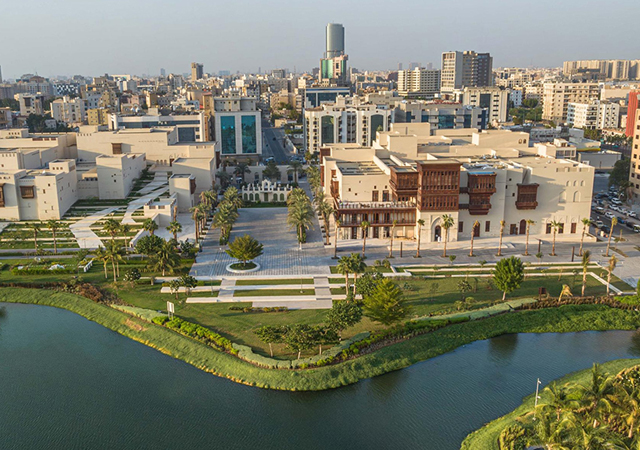
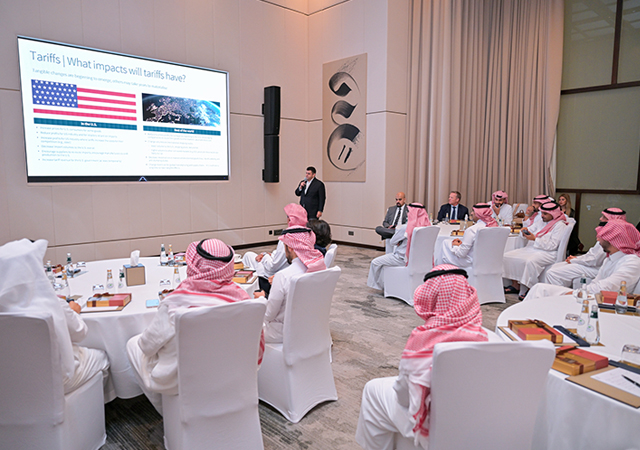
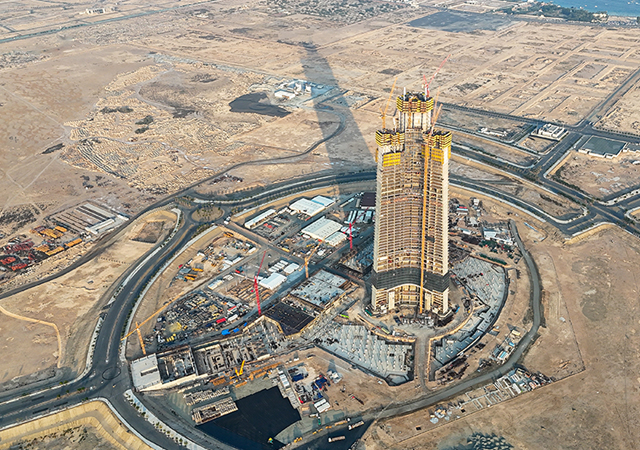
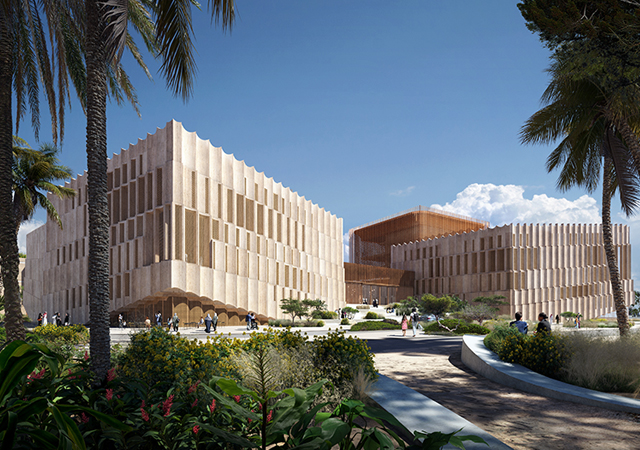
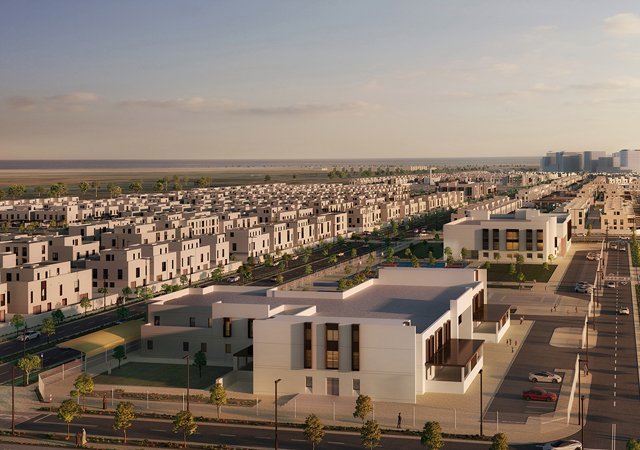
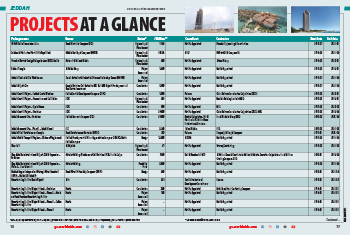
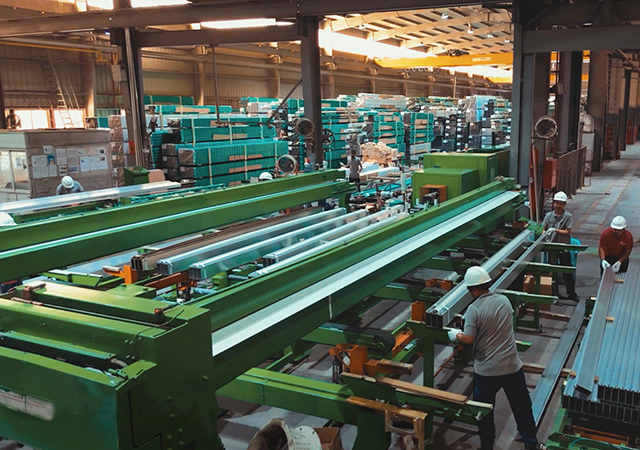

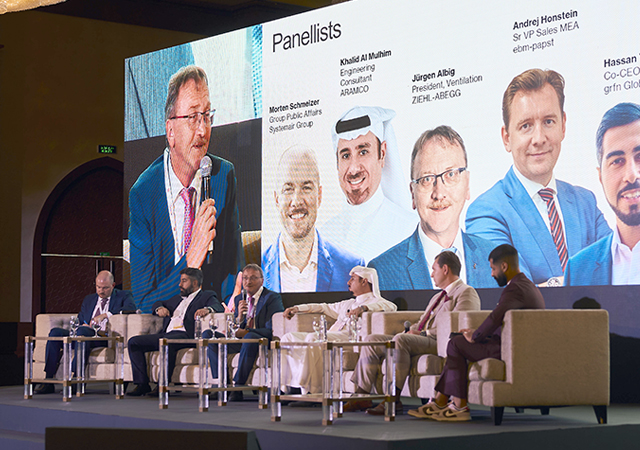
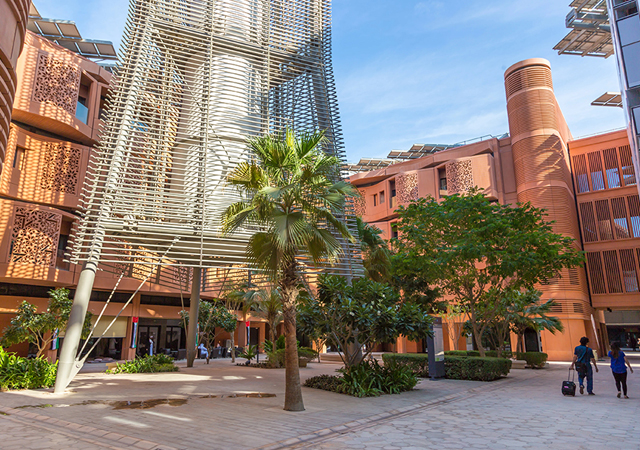
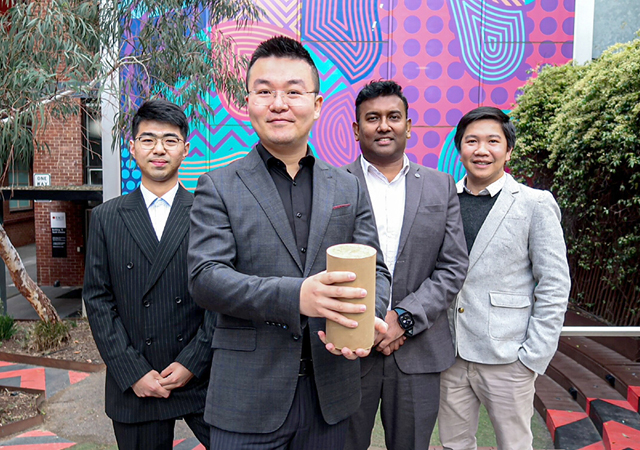
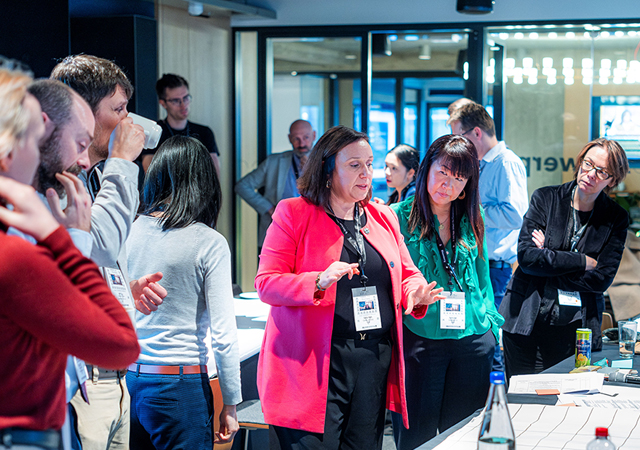
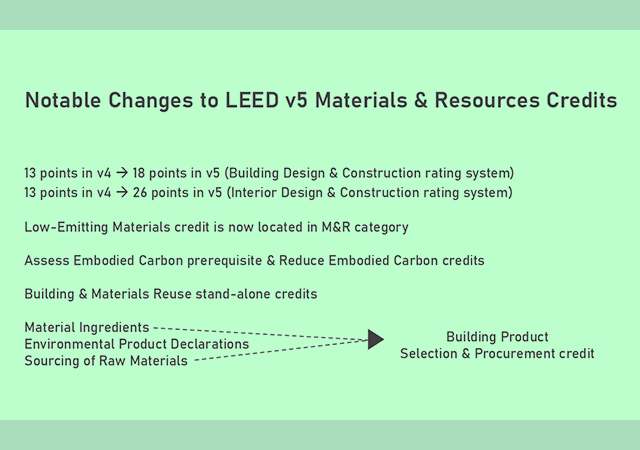
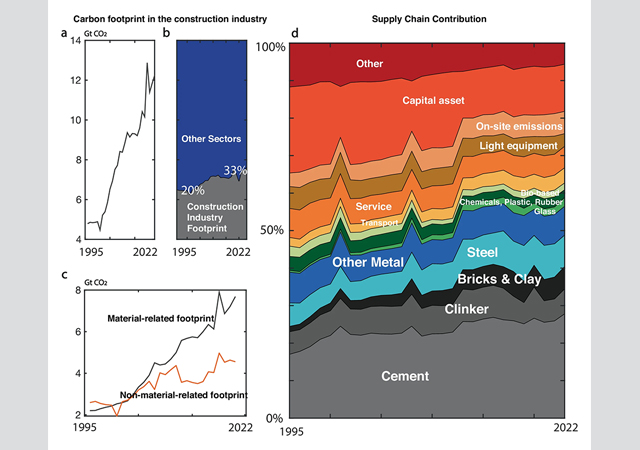
.jpg)
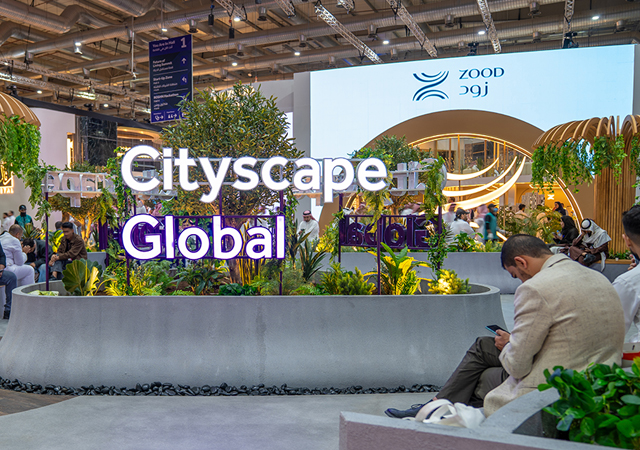
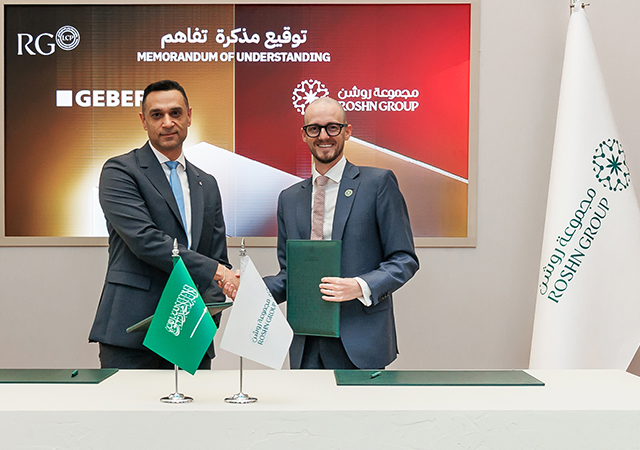
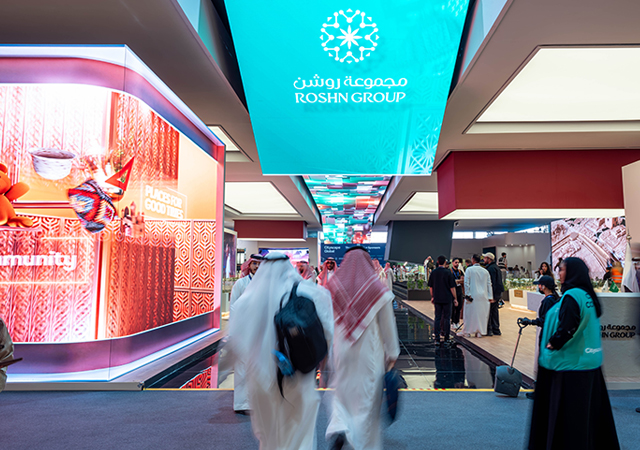
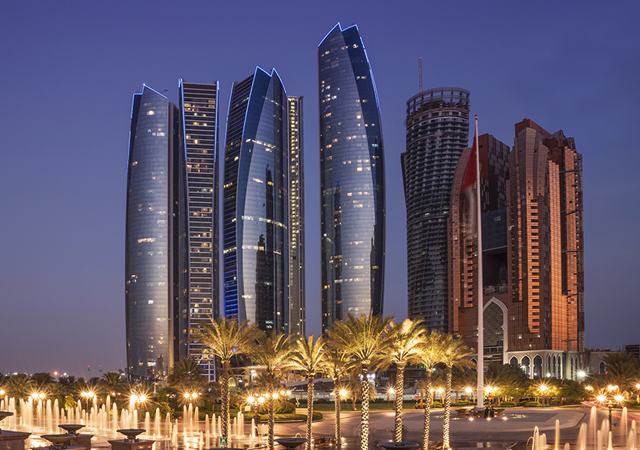
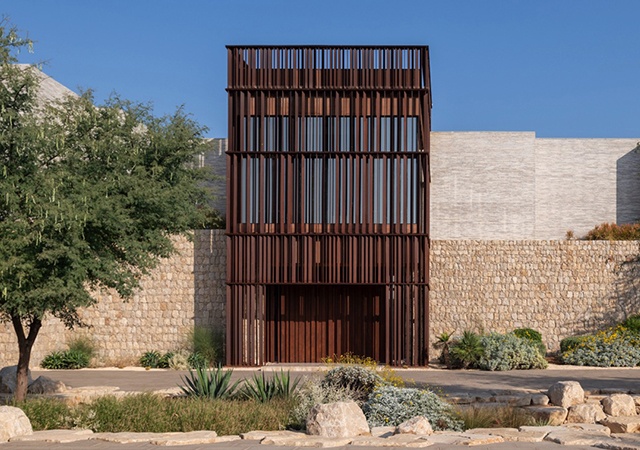
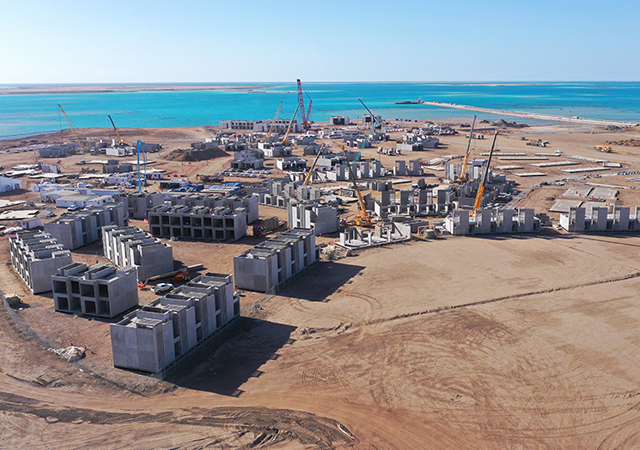
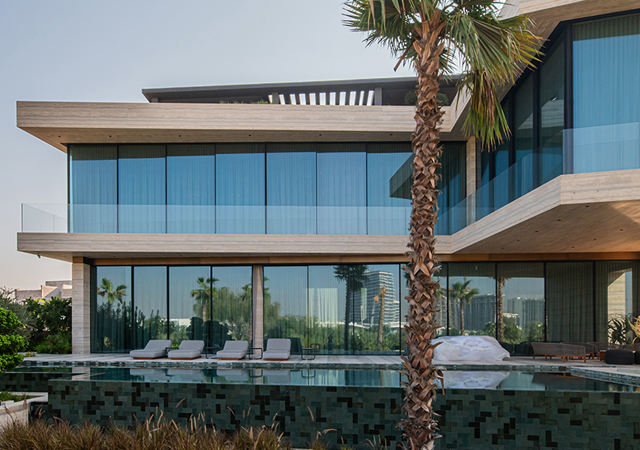
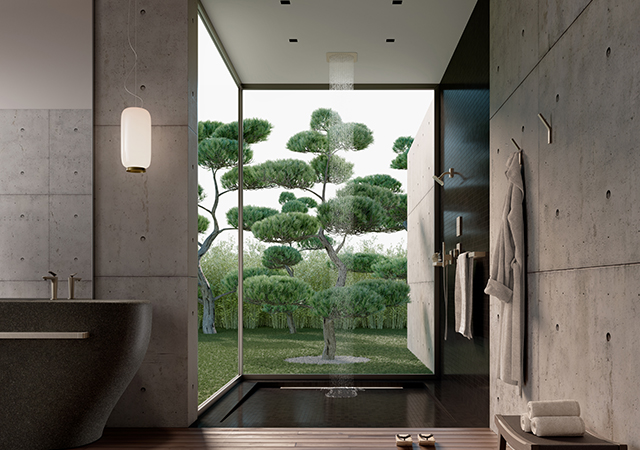
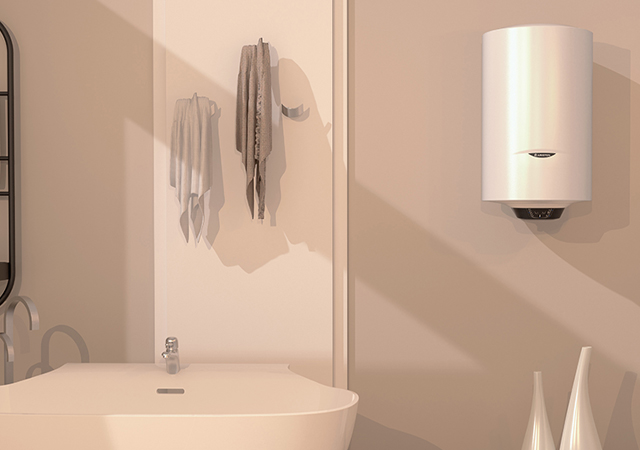
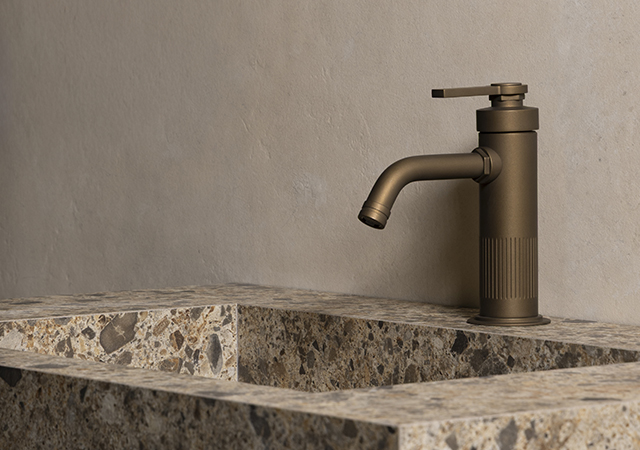

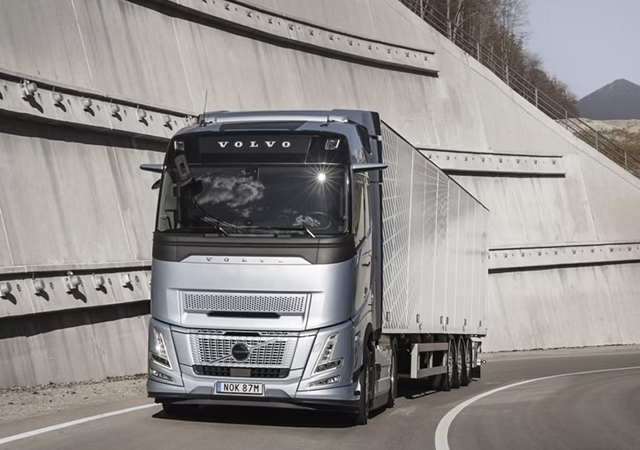
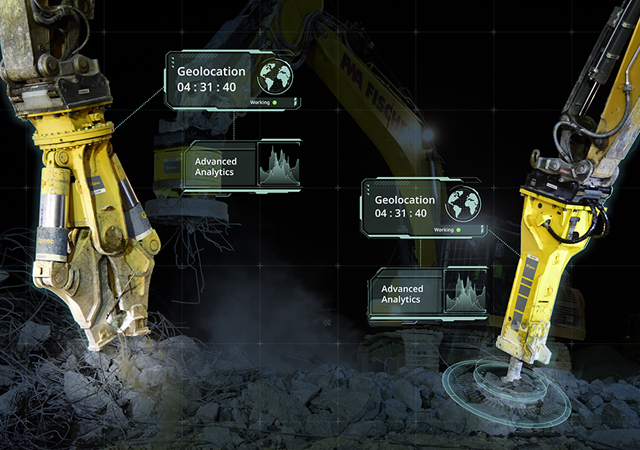
 (1).jpg)

